- +(86) 18681141326
- sales@polysmarts.com
- Building 2, No. 8, Guangbao Road, Qishi Town, Guangdong Province, CN
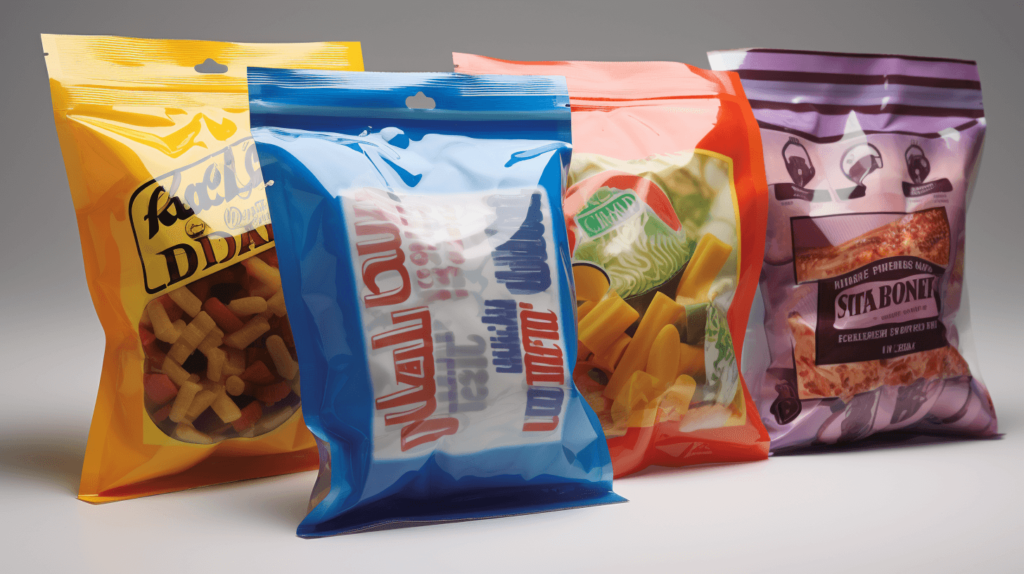
Plastic bags have become an indispensable part of our lives. But have you ever wondered how these ubiquitous bags are actually made? The manufacturing process of plastic bags is fascinating, complex, and has evolved over decades of innovation.
In this comprehensive guide, we explain the step-by-step process of how plastic bags are made from raw materials all the way to the finished product.
Plastic bags were first invented in 1957 by Swedish engineer Sten Gustaf Thulin. Earlier paper bags led to massive deforestation. Thulin introduced plastic bags as a sustainable and environmentally friendly alternative.
The functionality, durability and low cost has made plastic bags immensely popular. Over one trillion plastic bags are used every year worldwide. However, improper disposal is causing severe environmental impacts leading to widespread efforts to reduce plastic bag use.
Plastic bags are primarily made of polyethylene, a petroleum based polymer. The specific types used are:
The raw polyethylene comes in the form of small pellets or granules. Additional chemicals like colorants and UV inhibitors may be added to modify properties.
Plastic bags are made through a highly automated process called “blown film extrusion” that extrudes a film of molten polyethylene that is shaped into a thin walled bag form through air pressure.
Here are the key steps:
The polyethylene pellets are fed into a hopper and dry mixed with other additives like colorants and UV blocking chemicals. This premix is gravity fed into the extruder.
The extruder heats, melts and blends the polyethylene mix at temperatures reaching 500°F into a viscous molten plastic fluid.
The molten plastic is fed into a annular die head. Compressed air forces the melt through the die opening into a thin vertical tube like bubble.
As the hot tube emerges, cool air is blown onto the surfaces which solidifies it. The bubble is gripped by rollers and pulled downwards and flattened into double layered plastic sheets.
The plastic film sheets pass through more rollers with heated metallic bands that heat seal the two layers together at regular distances. Blades cut the sheets at the seals into individual bags.
The bags can further be printed with logos, designs, text or other branding elements through flexographic or rotogravure printing. The finished plastic bags are inspected, bundled and packaged for shipping to customers.
The production process can be customized to produce bags of different sizes, thickness, strengths simply by modifying the die dimensions, air flow rates and operating speeds.
And there you have it! We hope this guide gave you a clear picture of all the steps involved in transforming raw plastic pellets into the ubiquitous and versatile plastic bags we use in daily life. Knowing the manufacturing process enables us to make better choices and reduce environmental impacts as consumers.
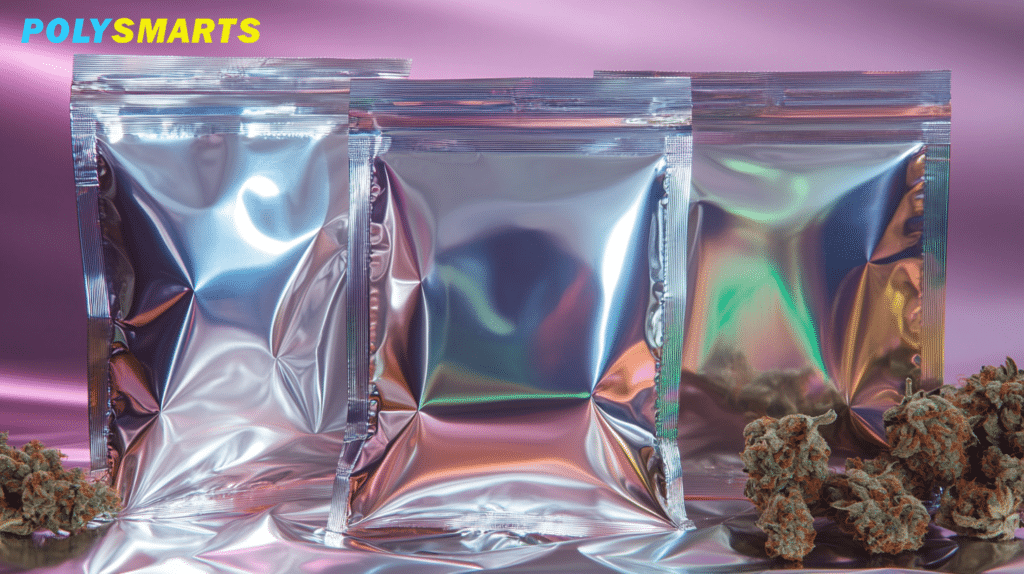
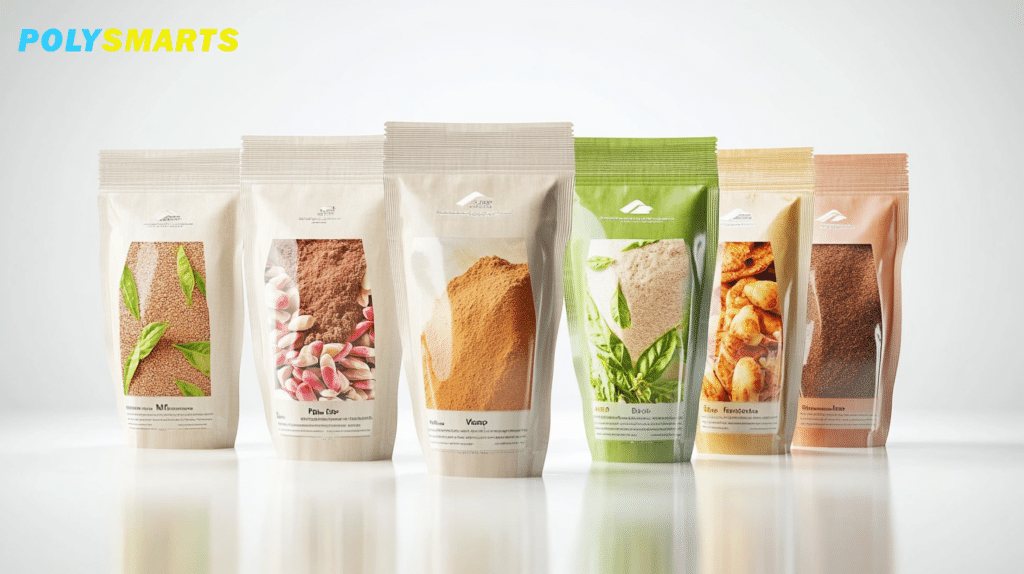
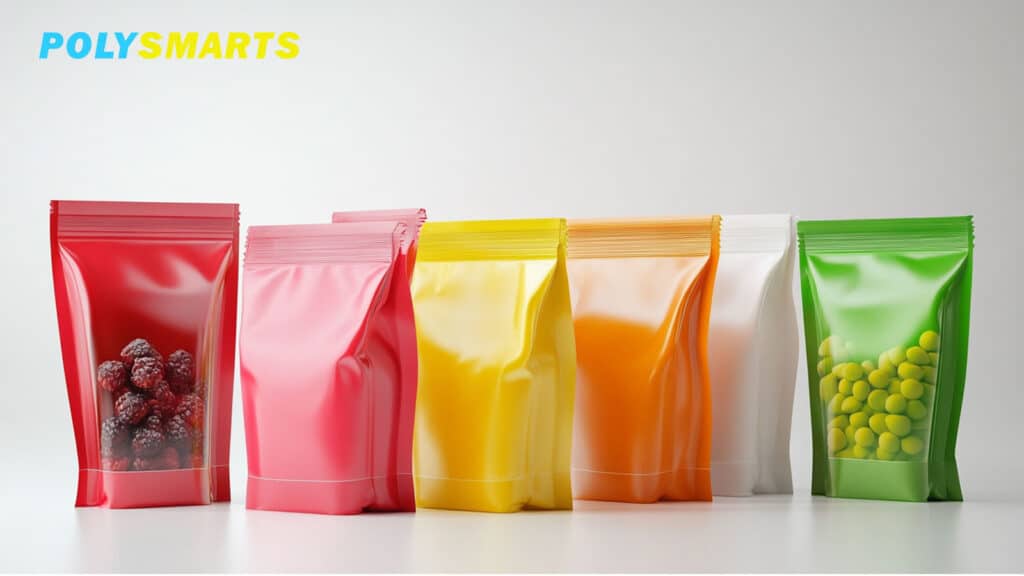
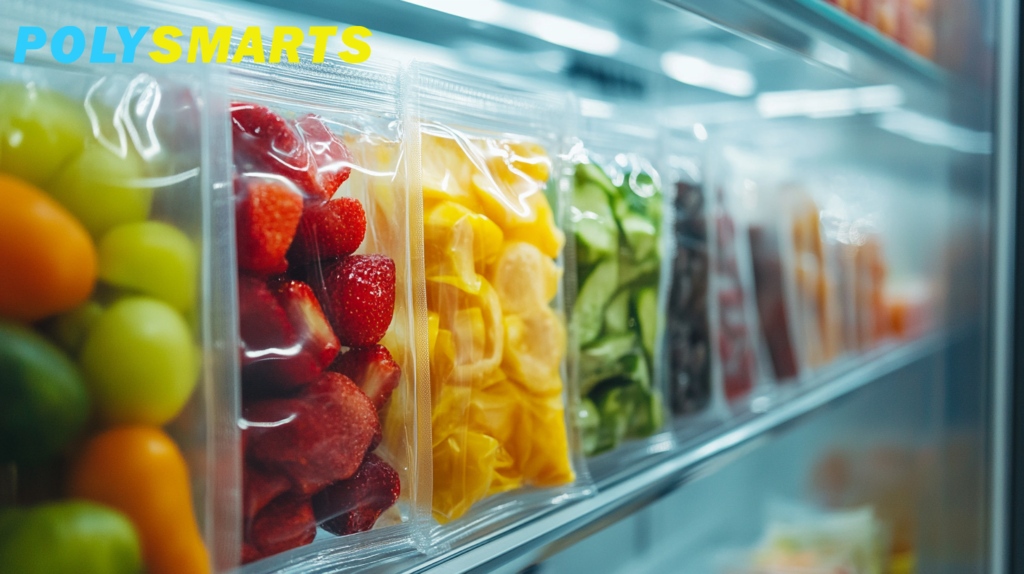
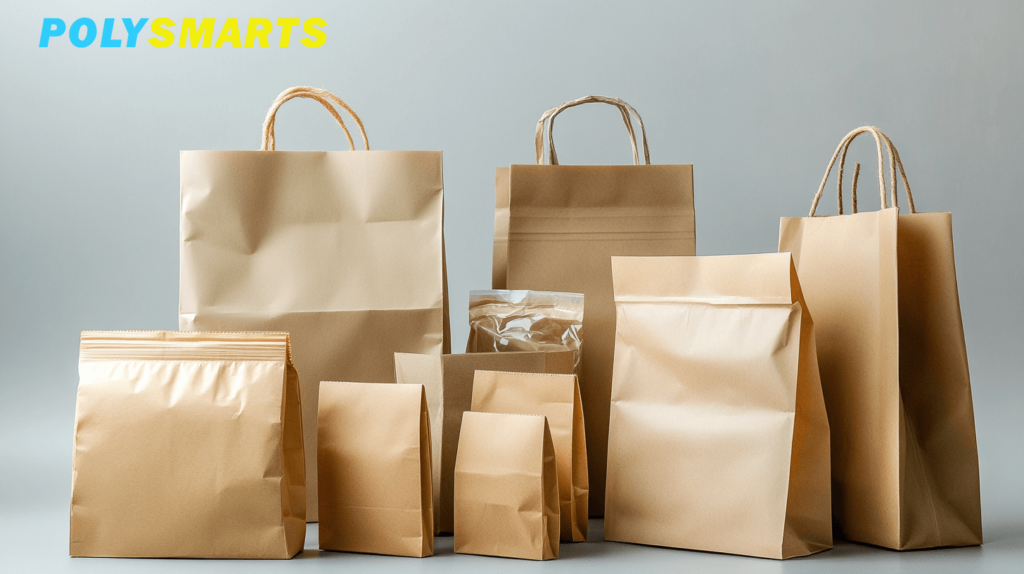
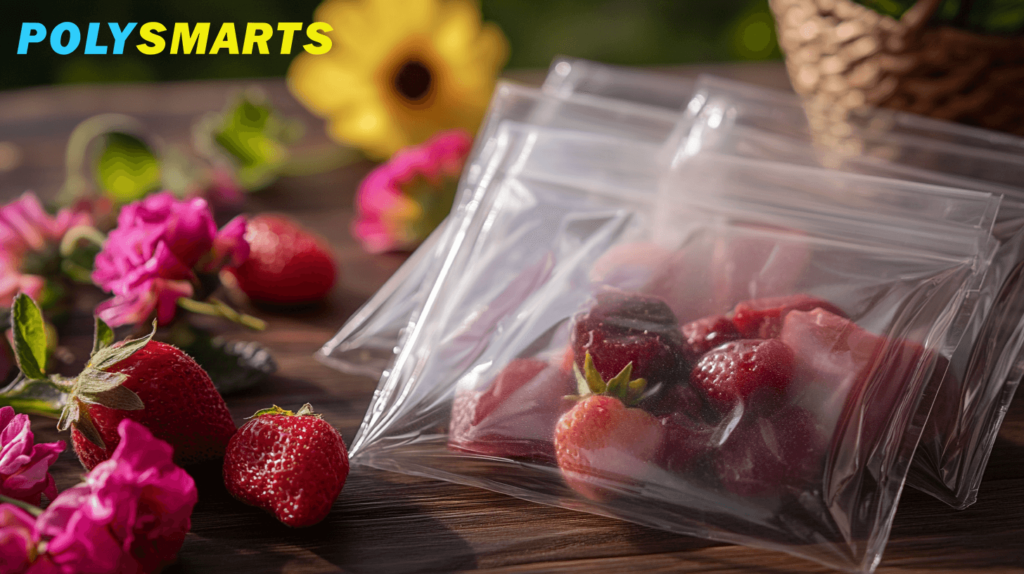
Simply fill out the form below as best you can. Don’t worry the details.
Flexible packaging bags offer superior versatility compared to rigid packaging. Learn how these innovative bags can be customized for countless applications from food to medical uses.